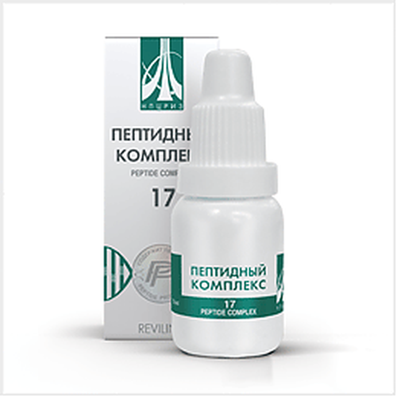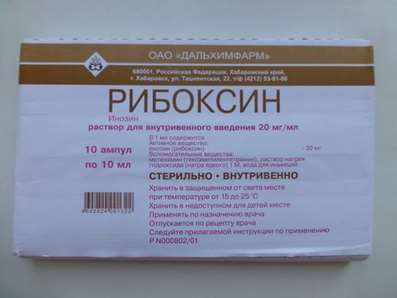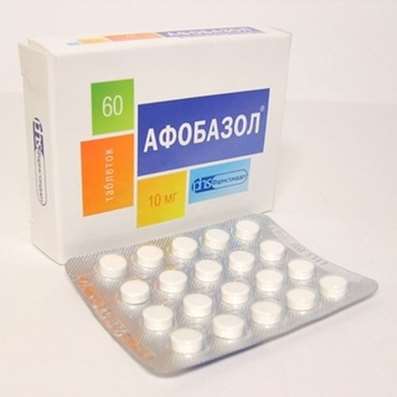Meldonium: artificial respiration
19 Apr 2016
How does meldonium work, and why he was banned, causing a scandal that has engulfed the whole world of sports?
September 16, 2015 the list of drugs banned by the World Anti-Doping Agency (WADA), added meldonium, which was introduced to a group of hormones and metabolic modulators (S4), along with insulin. On January 1, 2016 as the drug is prohibited during training and competitions, and the beginning of March was marked by a string of scandals associated with his discovery in the blood of athletes - mostly, alas, Russian.
As a result of this scandal temporarily disqualified Maria Sharapova and volleyball player Alexander Markin, biathlete Eduard Latypov and swimmer Yulia Efimova. "Meldoniumgate" has touched dozens of athletes from the different countries, according to the WADA, illegal drug was found in the blood of more than 60 athletes, and this number is growing rapidly. Well, we will try to understand the history and pharmacology of the disputed preparation.
The Breath of Heart
n the early 1970s, Anatoly Eremeev, Ivars Kalvins with colleagues at the Institute of Organic Chemistry and partners from the Moscow Medical Institute, worked to create the drug to help patients with cardiovascular disease. The fact that the angina and other conditions pre-infarction oxygen supply of cardiac muscle dangerously impaired. The objective was to facilitate the work of the myocardium during hypoxia.
Recall that the energy for all the processes in our cells - including those for reducing heart muscle cells - supply of ATP molecules. They produce special cellular organelles - the mitochondria, which are therefore often referred to as "power plants" of the cell. And for the very synthesis of ATP energy supplies oxidation of glucose and fatty acids - the processes of cellular respiration.
The process of oxidation of fatty acids can bring a lot more energy than the "burning" of glucose, but it requires much more time and oxygen. Thus it inhibits the use of glucose, leading to the accumulation of lactic acid. To make better use of oxygen under conditions of shortage, can block the entry of fatty acids into the mitochondria, causing them to switch to an emergency glucose uptake.
This can affect the mechanism of transport of fatty acids across the mitochondrial membrane into them. A key part of this mechanism is the amino acid L-carnitine: it binds with a fatty acid, "tagging" it to migrate through the membrane. Carnitine is synthesized in the body from gamma-butyrobetaine, and synthetic analogue is 3- (2,2,2-trimethylhydrazinium) propionate dihydrate or simply meldonium. Competing with gamma-butyrobetaine, he "mistakenly" bound enzyme, which should make it into a carnitine, and block its work. The transfer of fatty acids across the mitochondrial membrane is suppressed.
For War and For Sport
In the method for the synthesis of meldonium Kalvins Ivars and his colleagues received a copyright certificate of the USSR in 1979, and an international patent - in 1984. During these years, the drug was approved for use by the Soviet Ministry of Health and called "Mildronate" was registered as a means to improve performance during rehabilitation, psychological and physical overload.
Not surprisingly, almost simultaneously with the medical meldonium interested in military and athletes. According to Ivars Kalvins, the drug was tested in combat in Afghanistan. But after the collapse of the Soviet Union the right to a patent in 1992 was Ivars Kalvins who sold them the Latvian company of Grindeks, which is not the first year engaged in the production meldonium.
For more than 30 years of application of the drug has become really popular among professional athletes. Gradually they began to accumulate data that use of meldonium increases stamina, improves recovery after stress, protects against stress and activates the function of the central nervous system. However, Ivars Kalvins considers it rather a forced protection for an athlete, running at the limit of strength.
In an interview Kalvins said: "Doping - a substance that increases the excess of something in the human body. Over and above the norm. And so you can not use it safely. Be sure to leave an undesirable doping mark on their health. This mildronate, in my opinion, should be given to all athletes to ensure that they are not spoiled your health, because their task - to perform at maximum capacity. " According to the inventor of the drug, its inclusion in the list of banned doping WADA was made solely on the basis of statistical data on the impact of its application on the performance of athletes. Properly controlled studies have been conducted.
Either way, the decision is made, and WADA officials said they did not intend to cancel it. Here it is worth remembering that meldonium indeed more widespread in the countries of the former Soviet Union, while in the West applies its analog trimetazidine. He was included in the register of substances prohibited by the WADA, back in 2014.

 Cart
Cart





